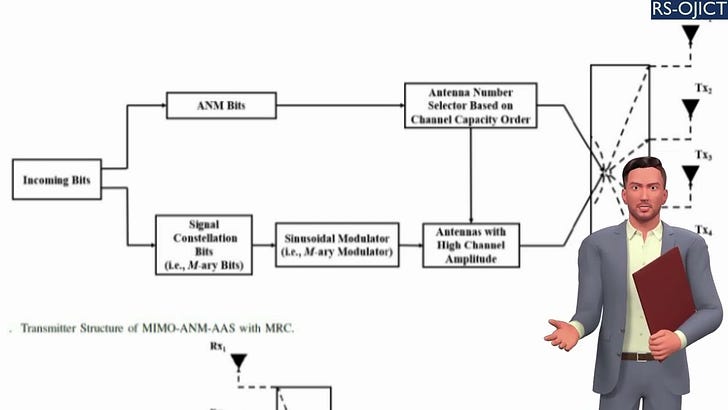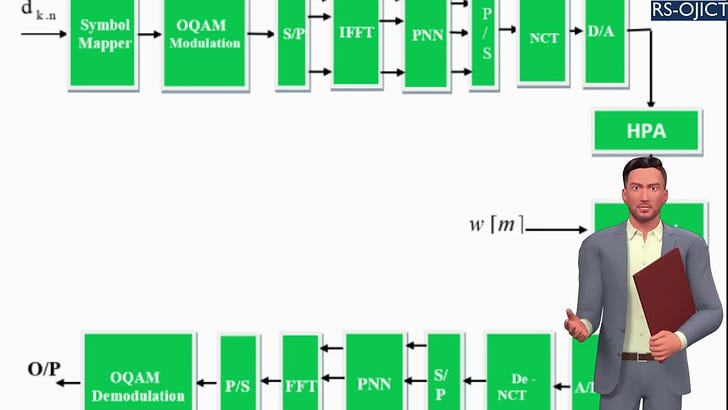Back Propagation Artificial Neural Network for Improving the Performance of STBC-based OFDM with Subcarrier Power Modulation.
In this paper, the transmission method named Orthogonal Frequency Division Multiplexing with Subcarrier-Power Modulation and Space-Time Block Coding (OFDM-SPM-STBC) is compounded with BackPropagation Artificial Neural Network (BPANN) in a multiple-input-single-output setup...
Summary: Orthogonal Frequency Division Multiplexing with Subcarrier-Power Modulation (OFDM-SPM) has recently been proposed as a promising, potential transmission technique for future wireless communications (i.e., 6G and beyond) due to its multiple beneficial characteristics, including higher spectral efficiency, low latency with good reliability while maintaining low complexity. In this paper, Orthogonal Frequency Division Multiplexing with Subcarrier-Power Modulation and Space-Time Block Coding (OFDM-SPM-STBC) technique is compounded with BackPropagation Artificial Neural Network (BPANN) in a multiple-input-single-output (MISO) set up to study, investigate and quantify the wireless system's performance of their combination over a multipath Rayleigh fading channel. Particularly, we analyze two main performance metrics: bit-error-rate (BER) and throughput of the newly designed technique called OFDM-SPM-STBC-BPANN and then quantify the number of resulting gains in both BER and throughput due to using the proposed system. We also consider two scenarios for OFDM-SPM-STBC-BPANN transmission. The first one is the power re-assignment policy (PRP), and the second one is the power saving policy (PSP). It is found that the sub-carrier optimized power-reassignment scheme provides the best BER performance for the proposed transmission scheme. In contrast, the PSP for SPM is seen to provide an intermediate improvement in the average BER. The performance of the system in terms of BER and Throughput is improved furthermore by implementing Feed-Forward Back-Propagation Artificial Neural Network (BPANN) at the receiver side. It is observed an average SNR gain of about 7 dB in the BER by implementing BPANN with OFDM-SPM-STBC. It is also found that the optimized power-reassignment scheme provides the best BER performance for the proposed OFDM-SPM-STBC transmission scheme with BPANN at the receiver.
PDF: https://rs-ojict.pubpub.org/pub/wc360...
CODES: https://researcherstore.com/product/m...
Improve your professional and technical skills at: https://researcherstore.com/












Share this post